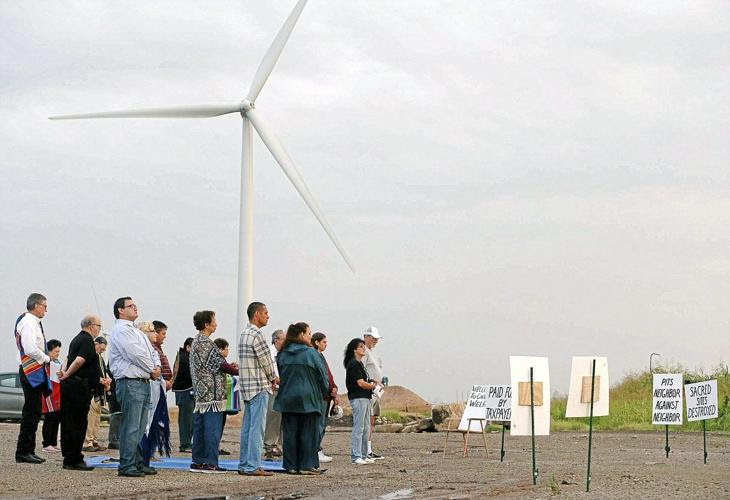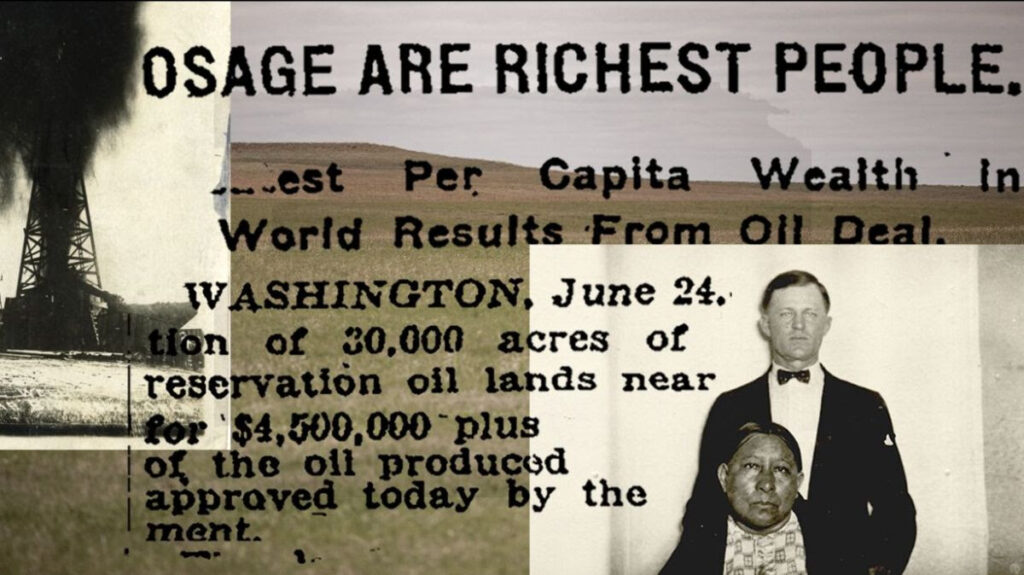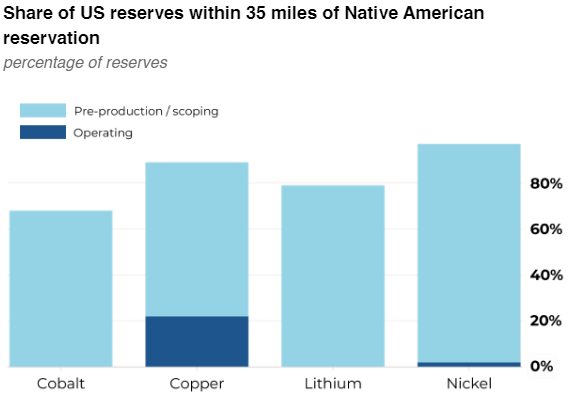
Courtesy of Tulsa World
In a sequel that absolutely no one wanted, the Osage Nation – whose fight in the 1900s over mineral land rights was depicted in the movie Killers of the Flower Moon – once again finds itself in the middle of a legal battle over energy rights a century later. This time, it’s all about wind turbines.
Background: The Osage Nation is a Midwestern American tribe of the Great Plains. Going back all the way to 700 BCE, the Osage people lived near Ohio and the great Mississippi river valleys. Following the great Beaver Wars (totally real wars), the Osage settled near the Missouri and Mississippi rivers.
In the late 1800s, significant oil was discovered on the lands of the Osage. This culminated in a mixed-feeling soup of community wealth creation, widescale manipulation, exploitation, and murders by outsiders. It ultimately ended with a settlement by the US government and some interest from Martin Scorsese.

News headline about the Osage Nation’s oil wealth courtesy of Bloomberg
Fast forward: In December of last year, a federal court ruled that Italian renewable developer Enel failed to obtain the proper permits for a large wind farm it installed on Osage Nation land. Far from an “alright, just get your taillight fixed asap” slap on the wrist, the court will force Enel to completely dismantle the operating wind farm.
- It’s expected that to dismantle and excavate the 84-turbine, 150-megawatt wind farm will cost Enel around $300 million.
Big picture: Despite people being able to look back on historical wrongs and holding a less exploitive worldview than was common 120 years ago, the hunt for land continues for energy projects, including those in the energy transition.
Analysis by MSCI found the vast majority of critical mineral projects in the US are on or near a Native American reservation and that 7 percent of all renewable potential in the country is on tribal lands. Despite this, there are mounting legal challenges to clean energy project developments from tribal nations over their development.

Courtesy of the Financial Times
The Business and Human Rights Resource Centre looked at 28 public wind and solar companies. The study found nearly all of them completely neglected to mention indigenous rights in any form or make commitments to the UN Declaration on the Rights of Indigenous Peoples (UNDRIP).
Moving ahead with energy transition will require more consultation with Indigenous groups to have land deals that work for everyone.
Bottom line: Case and point is Arizona’s Resolution Copper mine owned by BHP and Rio Tinto. The project has been awaiting approval for more than a decade, being contentious as it would completely obliterate a sacred site of an Apache tribe – Oak Flat. Yet, key tax incentives from the Biden administration’s Inflation Reduction Act require domestic content in projects, including local critical minerals, which entices companies to develop local mines.
Share This:
Next Article



